How to Reupholster a Headboard (without Taking It Off the Wall!)

by
Kristen Hubert
(IC: blogger)
3 Materials
$60
1 Hour
Easy
So I got this lovely tufted headboard when we moved in to our new house. Three cats, two kids, and three years later…it wasn’t looking so lovely anymore!So of course I decided I should upcycle it by reupholstering it.But – my husband was adamantly opposed to taking it off the brackets that attach it to the wall.To be fair we did corral a workman or two to help us put it up in the first place and we do live in an old house whose walls can be temperamental when we try to attach things to them. So I did see where he was coming from.Soo…the upshot was I decided to reupholster my headboard in situ – while it was still hanging on the wall.To be clear, if I had my choice I would have taken it down. But, if for whatever reason you find yourself needing to reupholster a headboard without taking it off the wall – this is the tutorial for you!
This was the headboard when it was new - not the greatest photo.
I picked a pretty bold pattern for my headboard reupholstery project. One because I fancied a change; two because I was going for a more dark and moody feel for the bedroom (the walls got a dark green repaint as well); and three because patterns hide mistakes and imperfections!
I bought my fabric on Ebay fairly cheaply (I've linked to it in my original blog post if you want the exact one). It’s a printed velvet upholstery fabric in Peony floral print. It has a black background and shades of olive and dusty pink.
My headboard was just under two metres wide and it’s height was about 15cm shy of the width of the fabric I decided to go with. So I just ordered 2 metres and cut it as I went along as you’ll see below.The key point when measuring is to make sure you can cover your headboard in one large piece of fabric. So you need to measure the height, the width and the depth (from the front of your headboard to where it hits the wall – mine was something like 5-10cm deep).
If your fabric needs an iron, do that before you start this step. My fabric was velvet and I made sure to unfold it as soon as it arrived so it didn’t need any additional ironing or pressing.
A GET IT DONE APPROACH!
Once you have the top secured you can head down to the sides and see how much overhanging fabric you have. If you have measured it super accurately you might not have too much excess and you can just fold over the edges.
Once you’ve got your fabric trimmed you can start folding over and stapling down the side. The most important bit of this for the finish is the top corners on either side. I fold them a bit like you would if you were wrapping a Christmas present.
I’ll be honest the side that faces the hallway has neater, straighter staples and folds than the side that faces the wall!In any case, I stapled probably ever 5-10cm, just until it felt secure on both sides.
When you do the second side make sure to pull the fabric as taught as you can get it. If it’s too loose your fabric might look a bit rippled in the middle since it won’t be attached in the middle.
So, because the staples are visible when you are reupholstering a headboard while it is still on the wall I originally intended to cover them with stud strips. I didn’t in the end because I liked seeing the pattern of the fabric wrap around the side. I also thought I did an okay job with the staples on the most visible side.
The last step is to dress your bed to match your lovely new upholstered headboard (I’m sorry I don’t iron my duvet covers – if you do your end result will look 10 x better!).
Enjoyed the project?
Resources for this project:
Any price and availability information displayed on [relevant Amazon Site(s), as applicable] at the time of purchase will apply to the purchase of this product.
Hometalk may collect a small share of sales from the links on this page.More info

Want more details about this and other DIY projects? Check out my blog post!
Published January 29th, 2020 4:52 AM
Comments
Join the conversation
2 of 23 comments
-
-
 Happy Days Hometalker
on Jan 28, 2023
Happy Days Hometalker
on Jan 28, 2023
Love your 1-hour change, that's the way to get it done! It looks sensational!
-




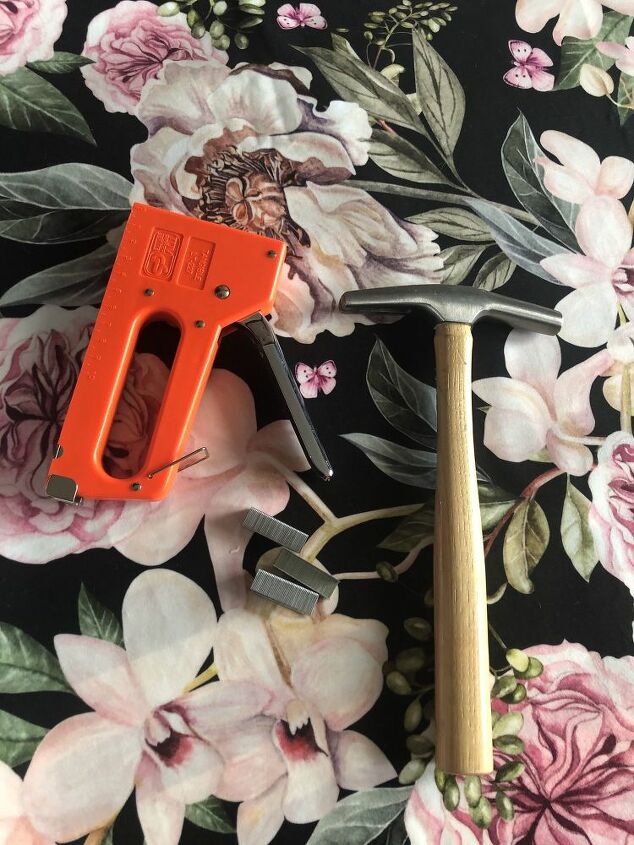













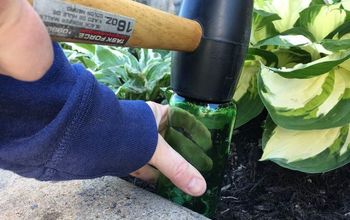






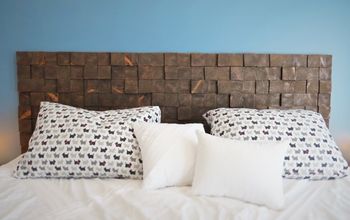

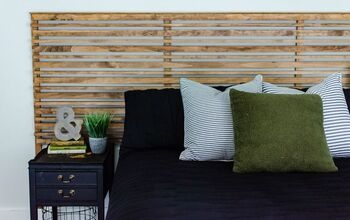
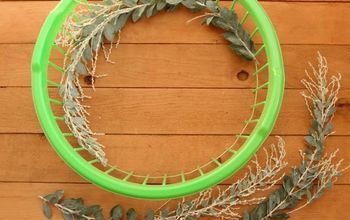


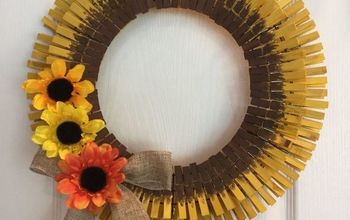
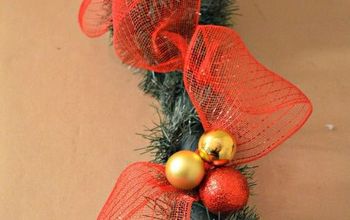





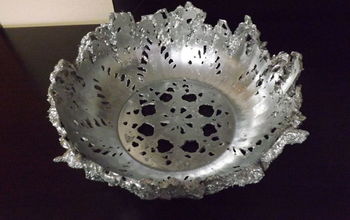


Frequently asked questions
Have a question about this project?
Any ideas for this headboard?